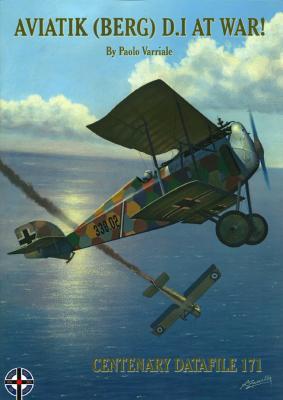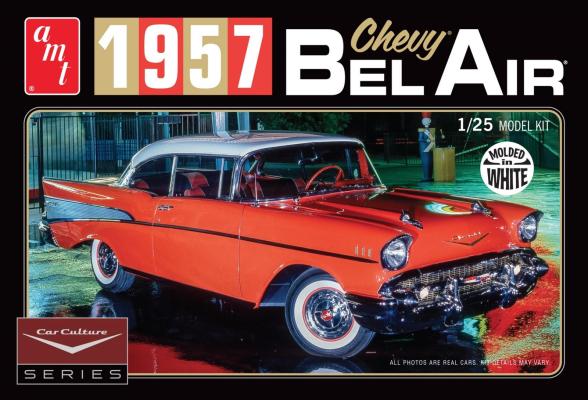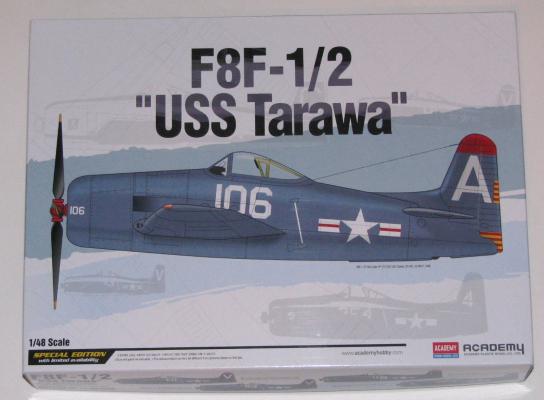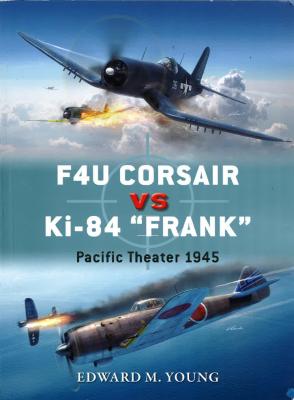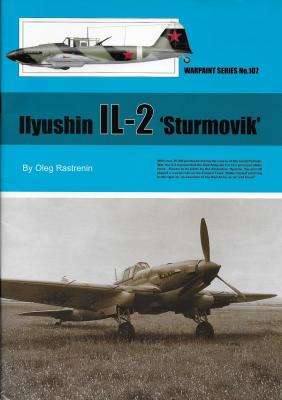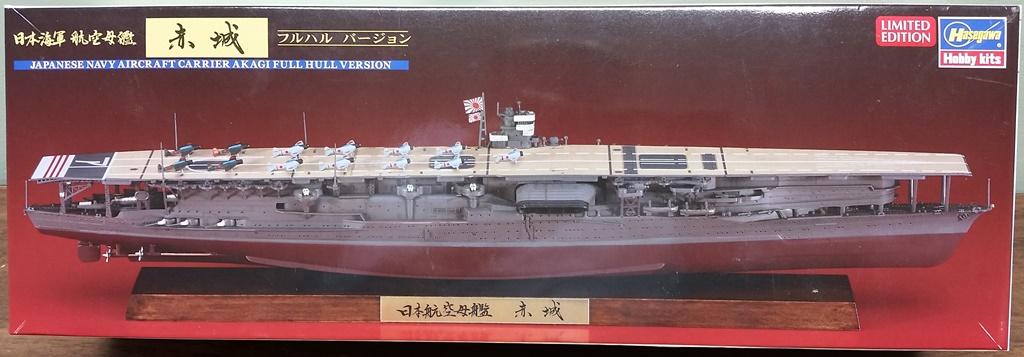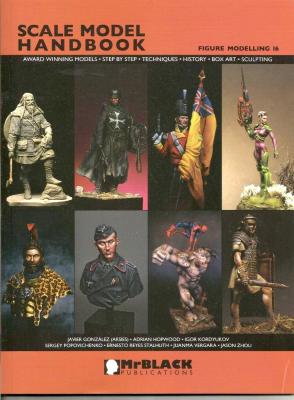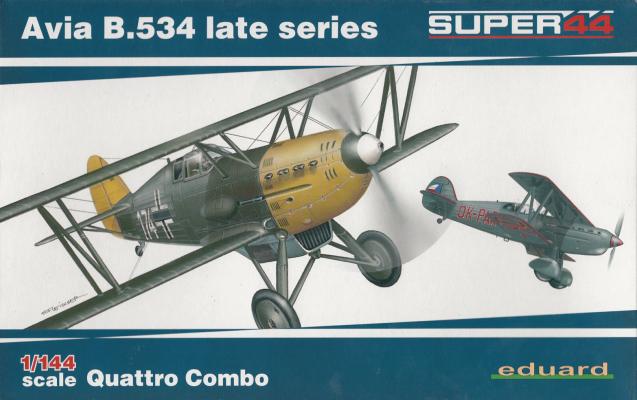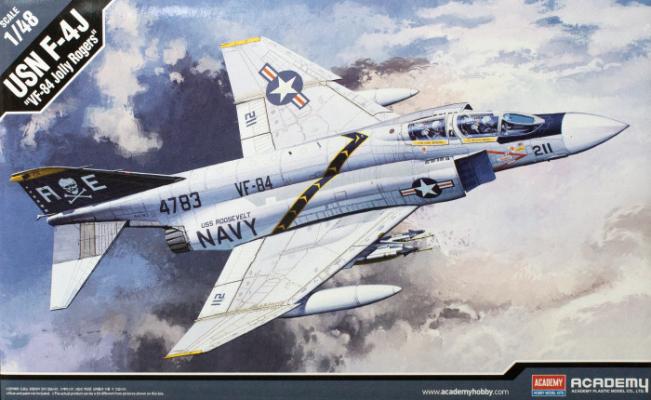Italian historian Paolo Varriale has taken a new look at the Aviatik’s (Berg) D.I service in WWI.
A single seat fighter designed by Julius von Berg, the Aviatik D.I first flew October 16, 1916, unfortunately killing the test pilot. Approximately 677 airframes were built, and that constituted nearly 43% of the fighters accepted by the Austro-Hungarian Army Air Service. The Aviatik (Berg) D.I was light and fast, but suffered from poor manufacturing quality leading to an adverse reputation for shedding wings.

